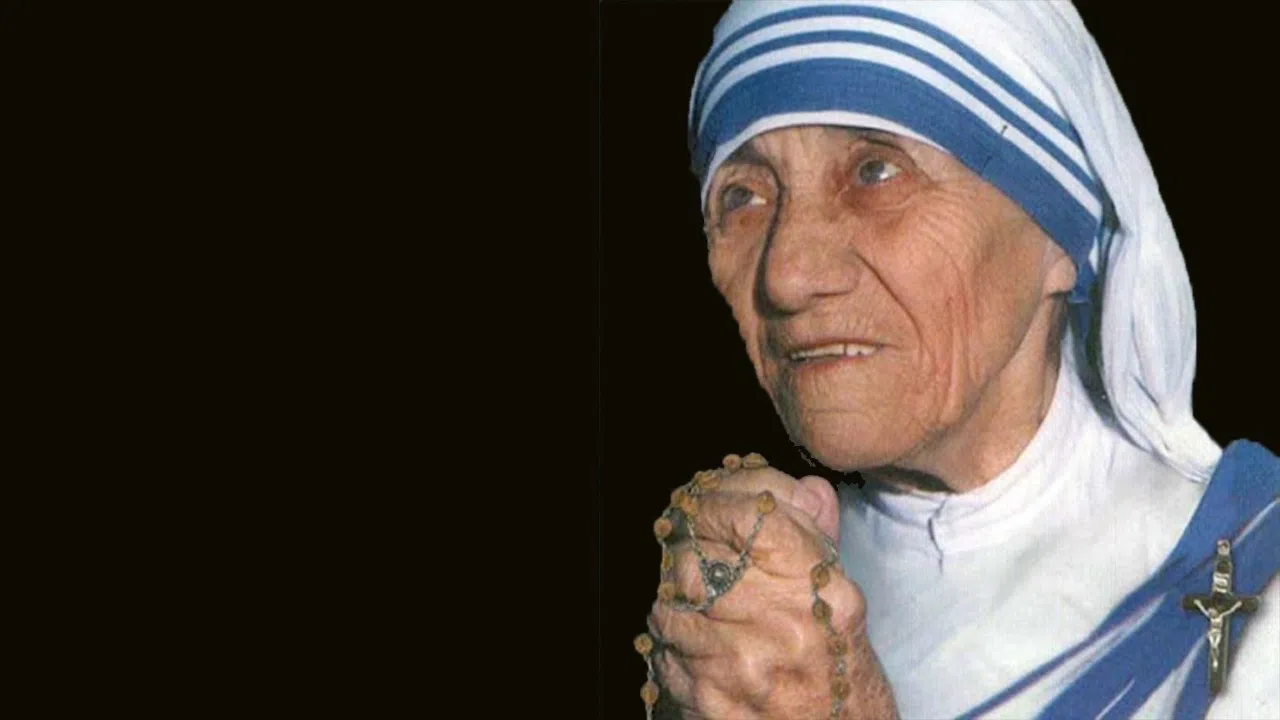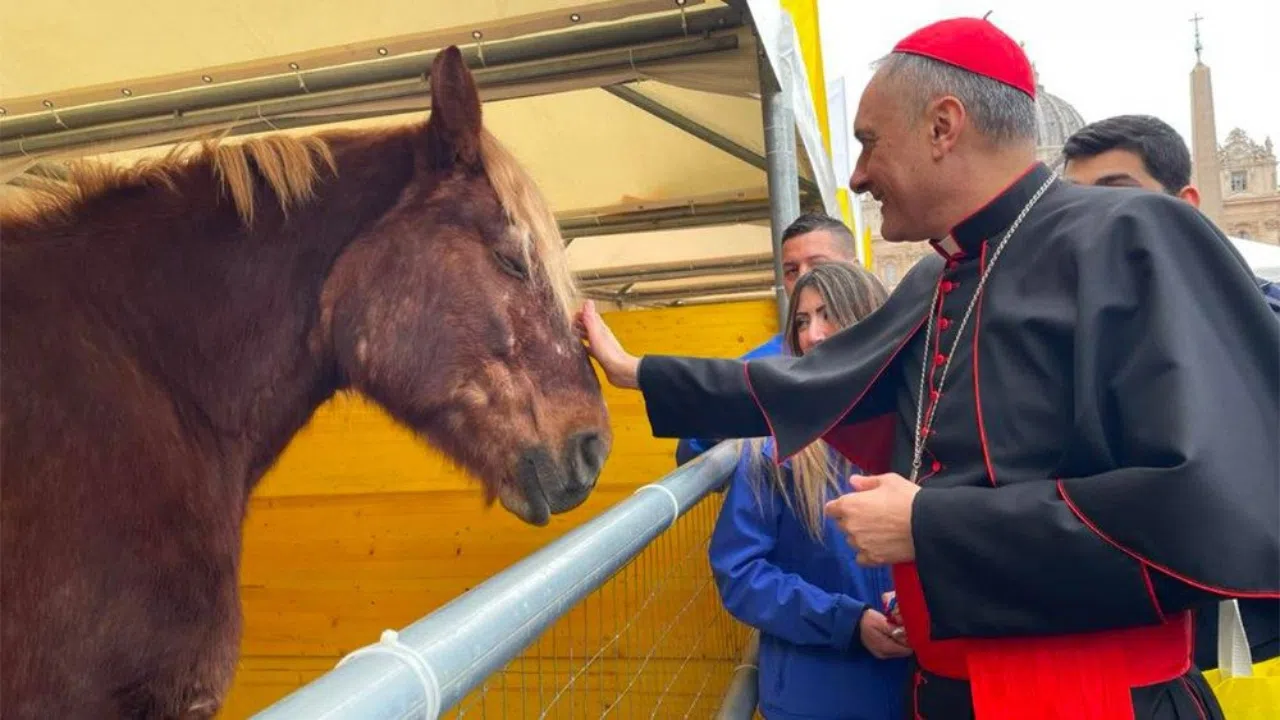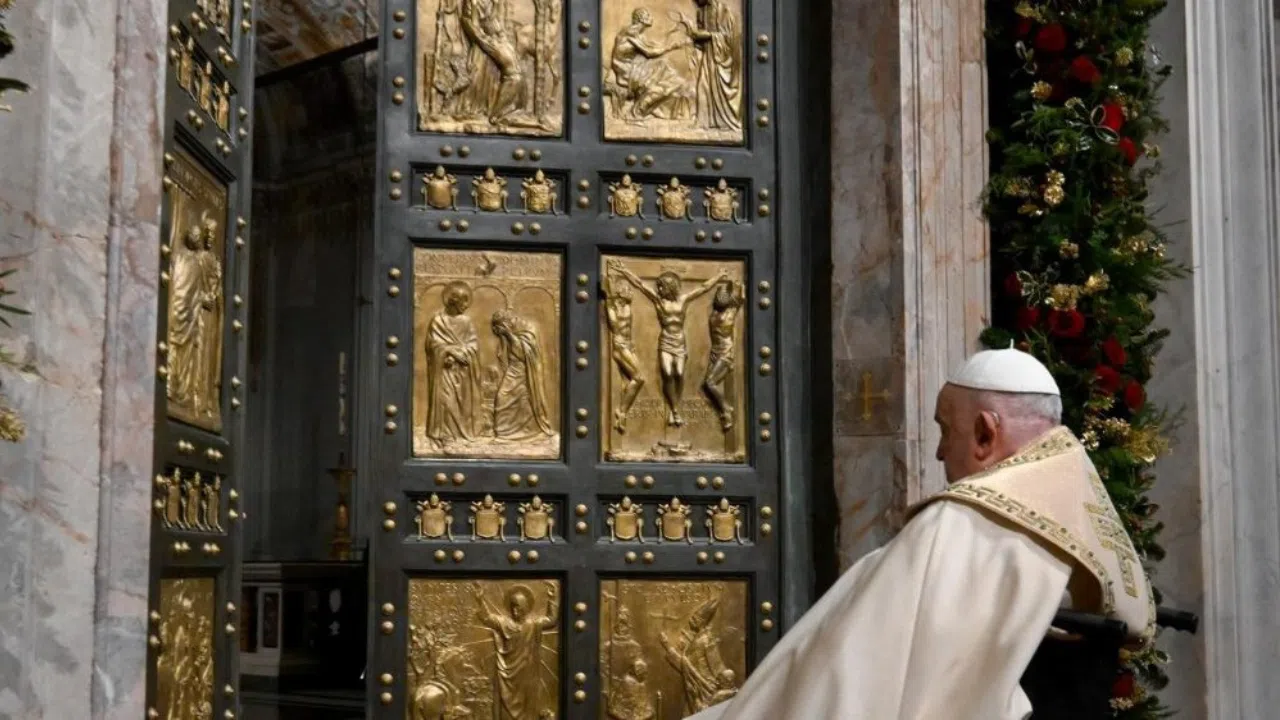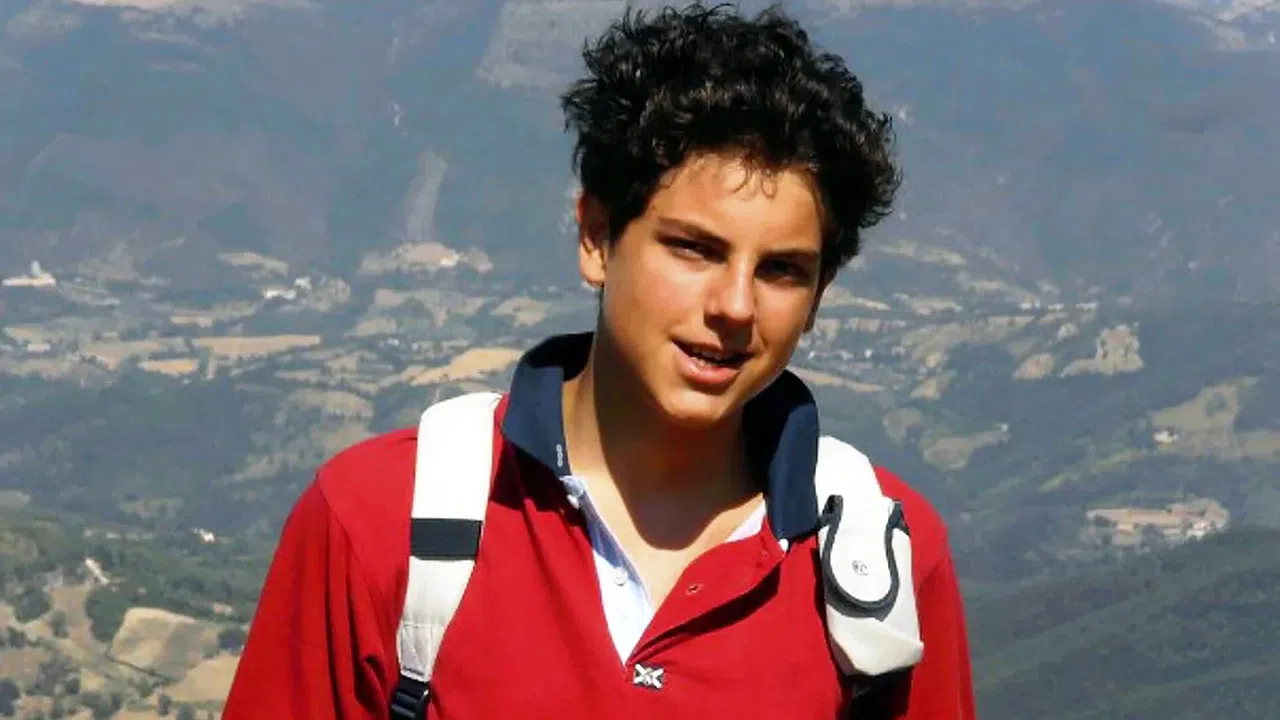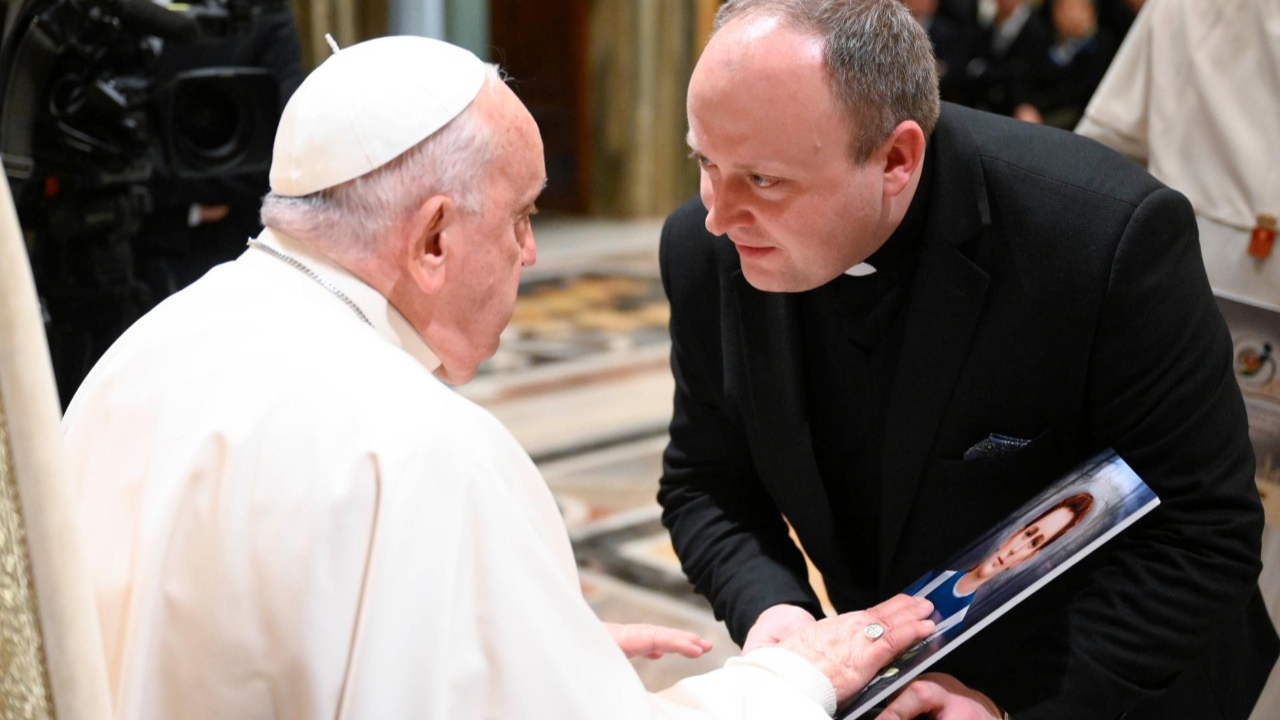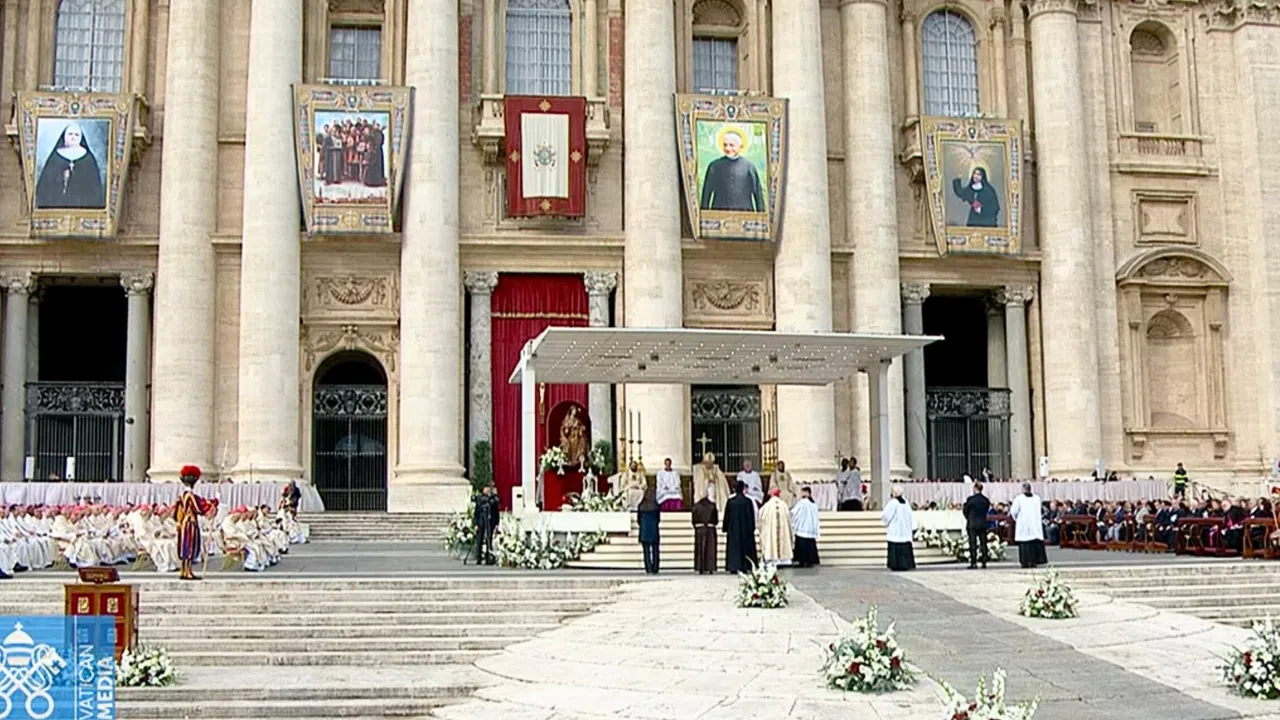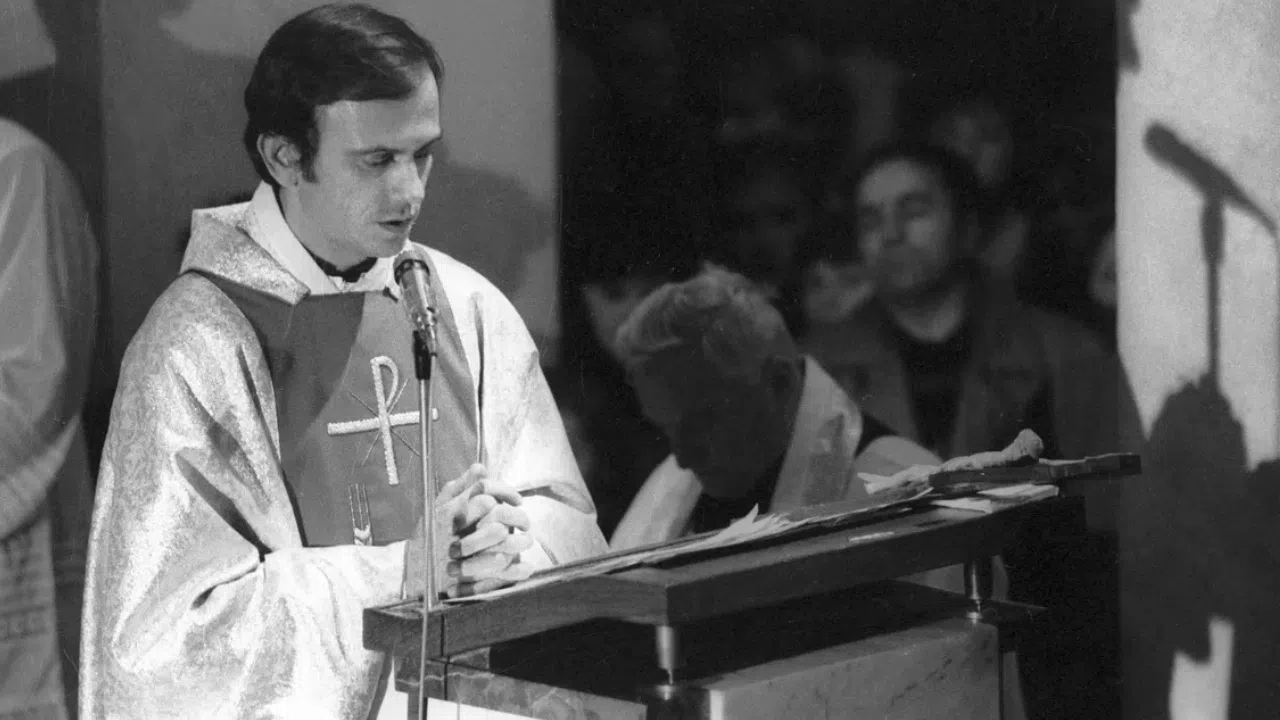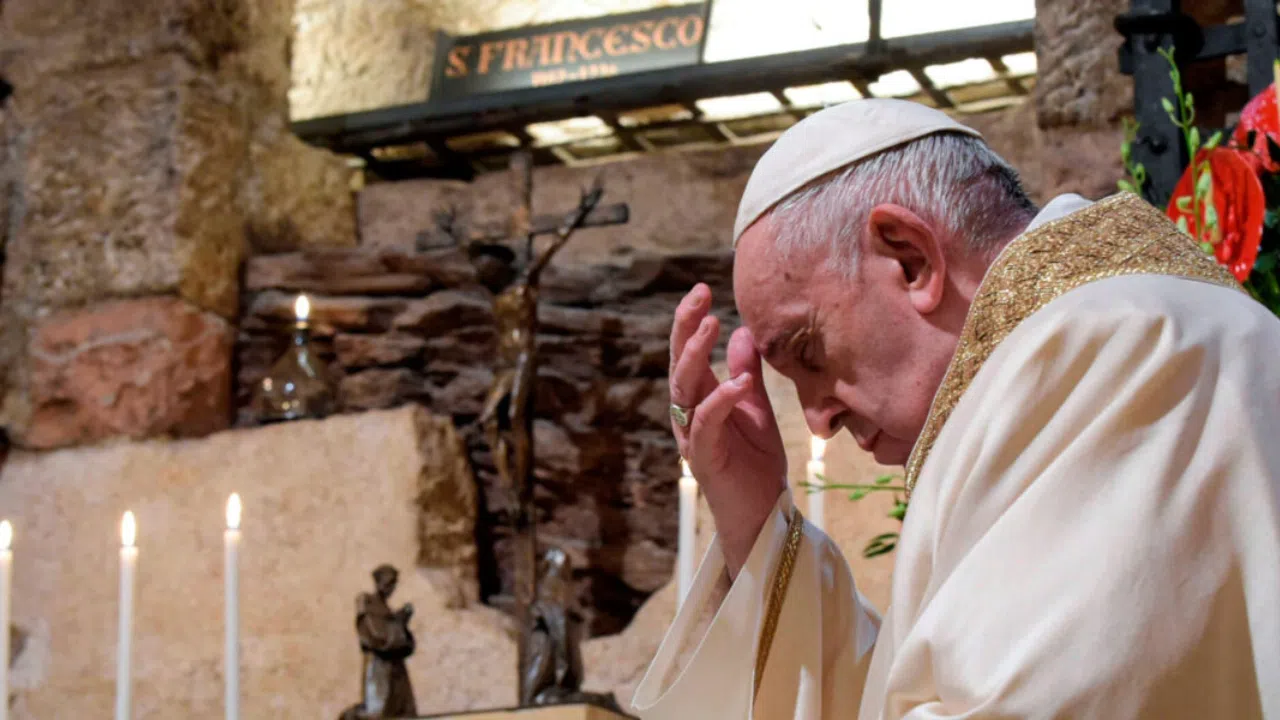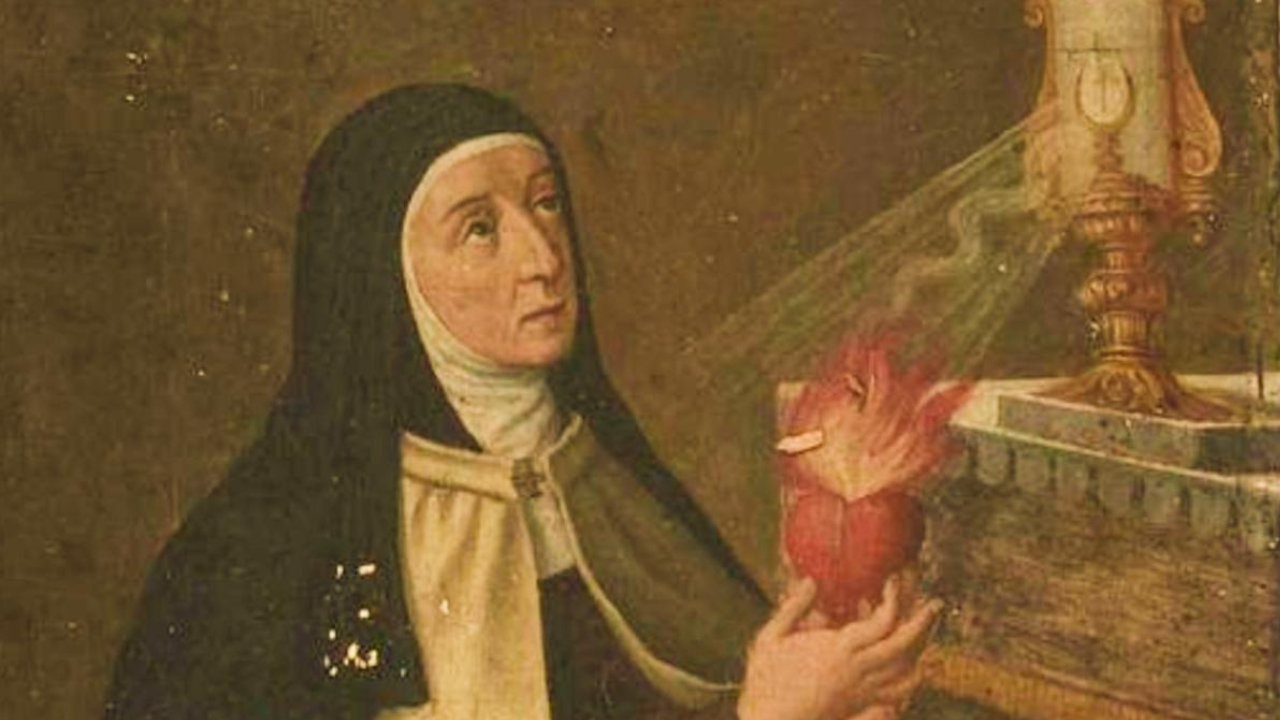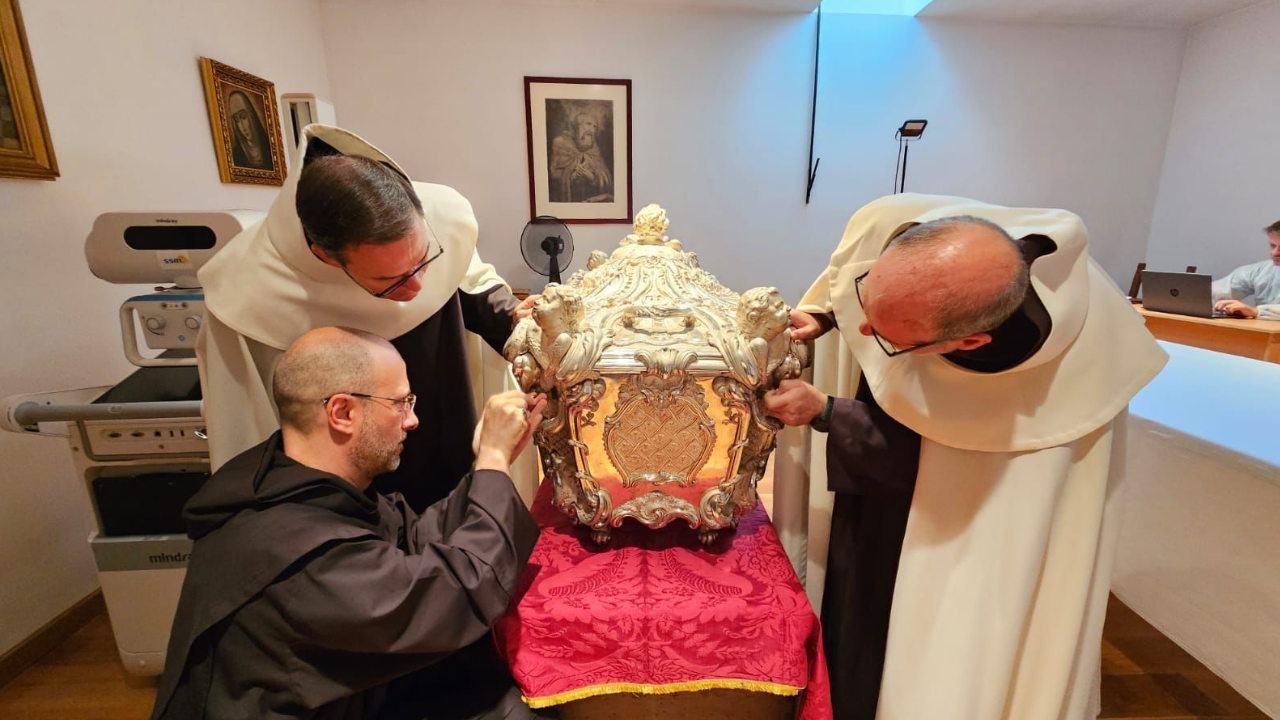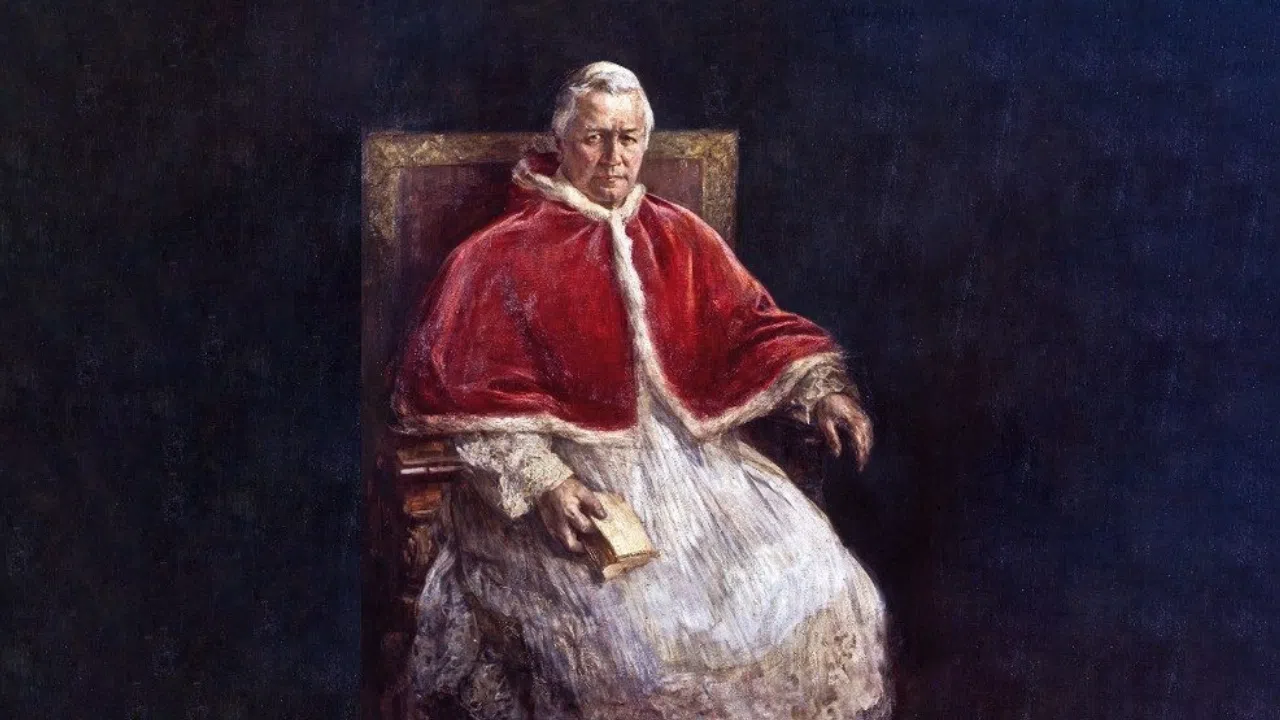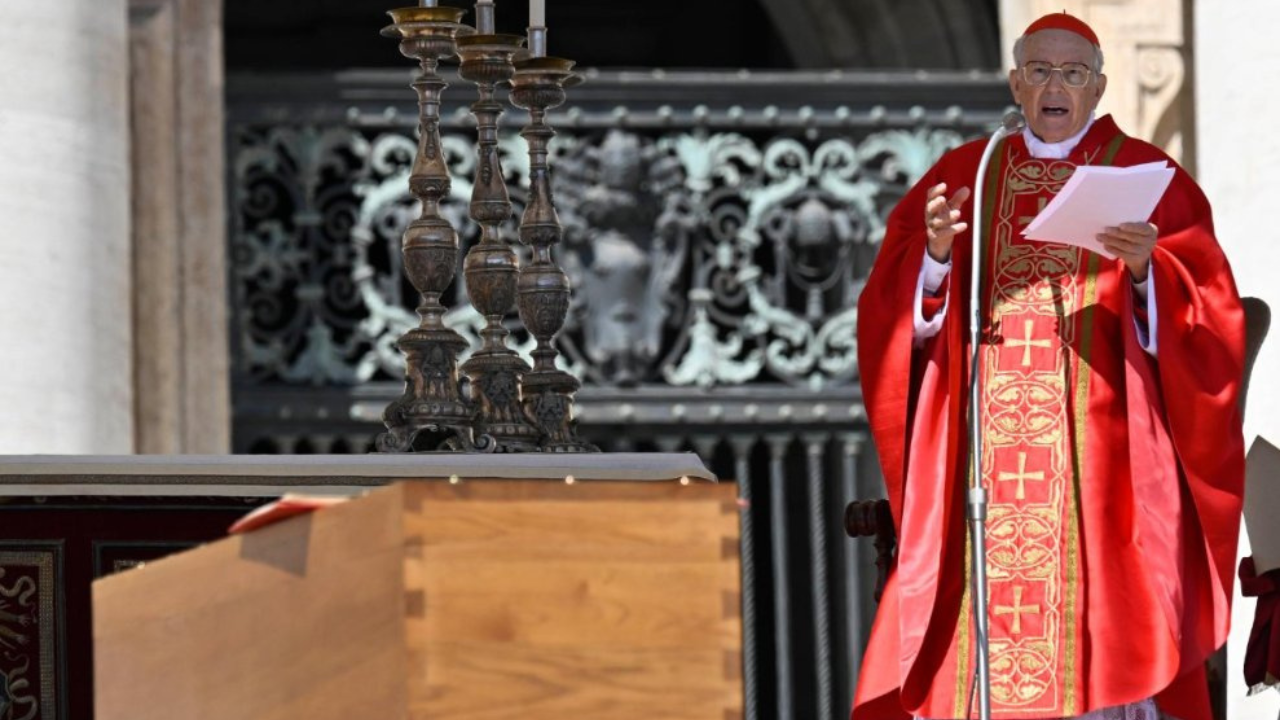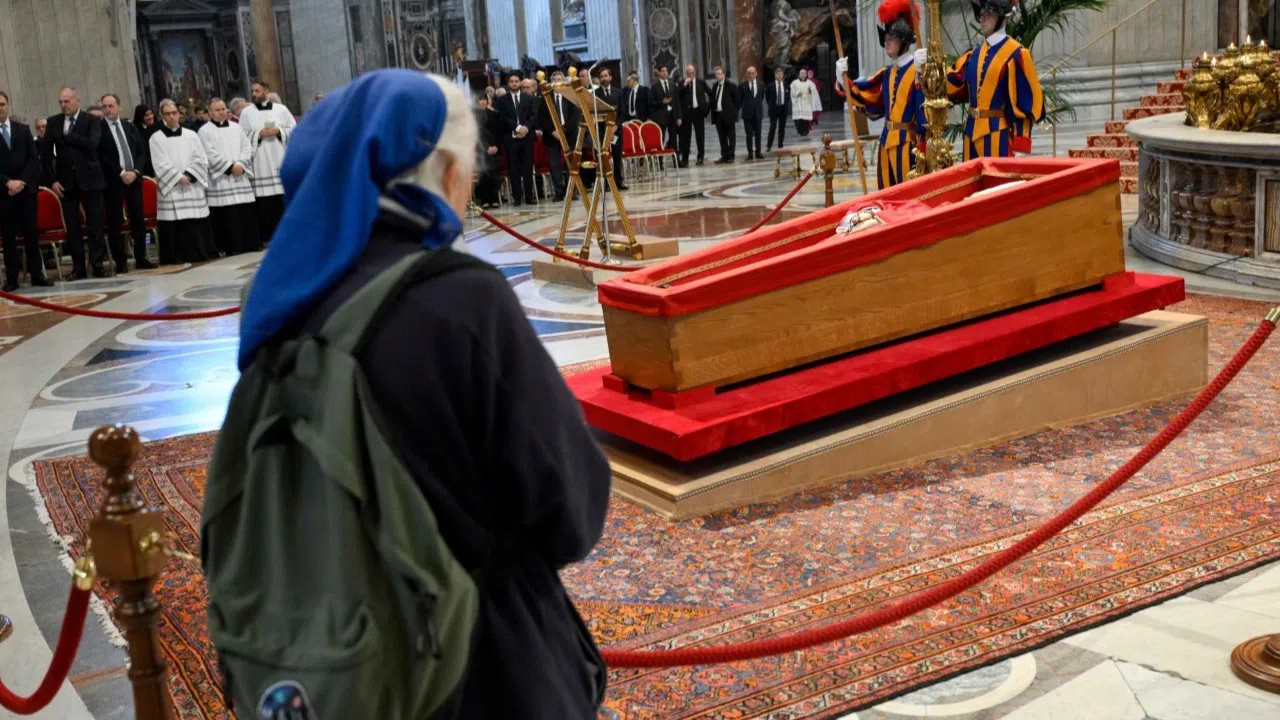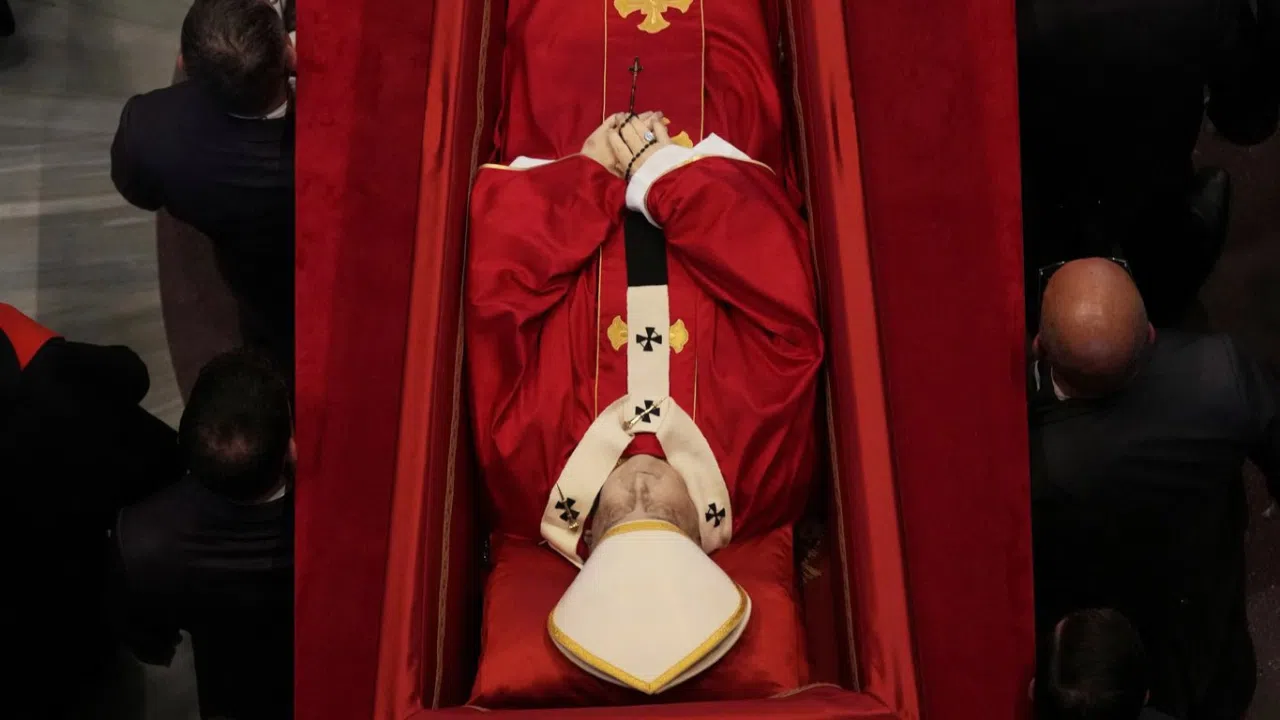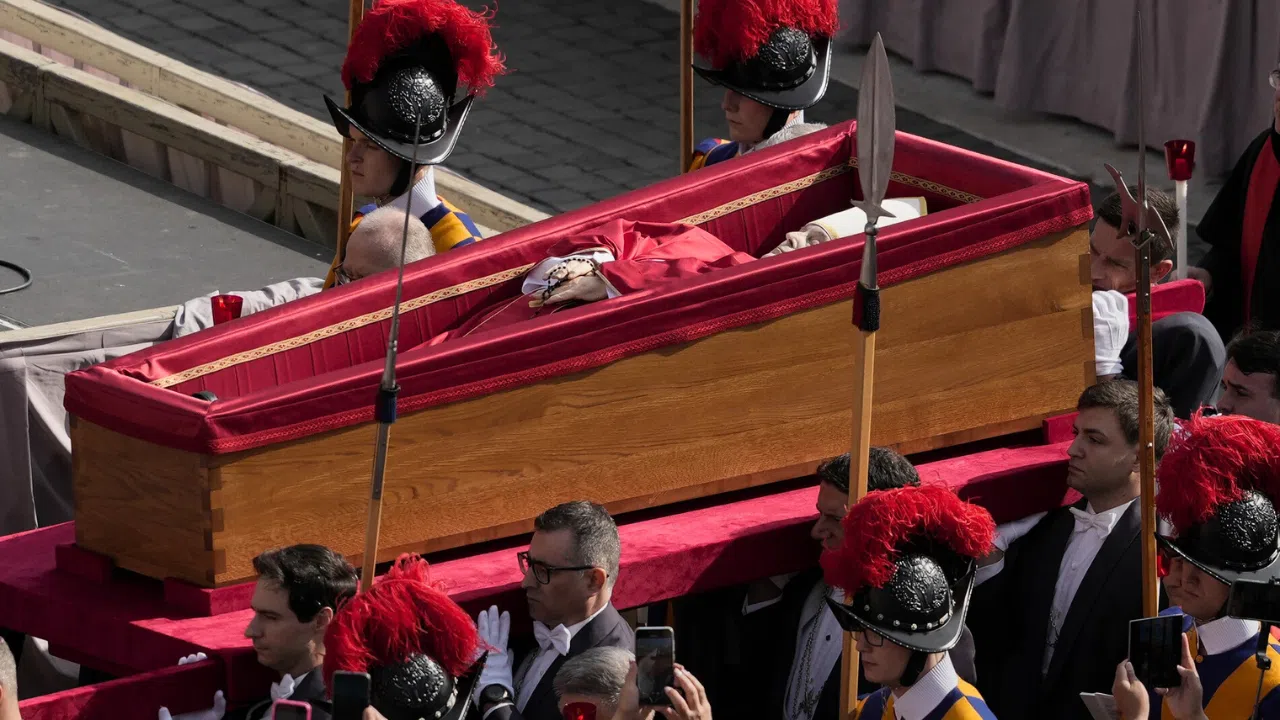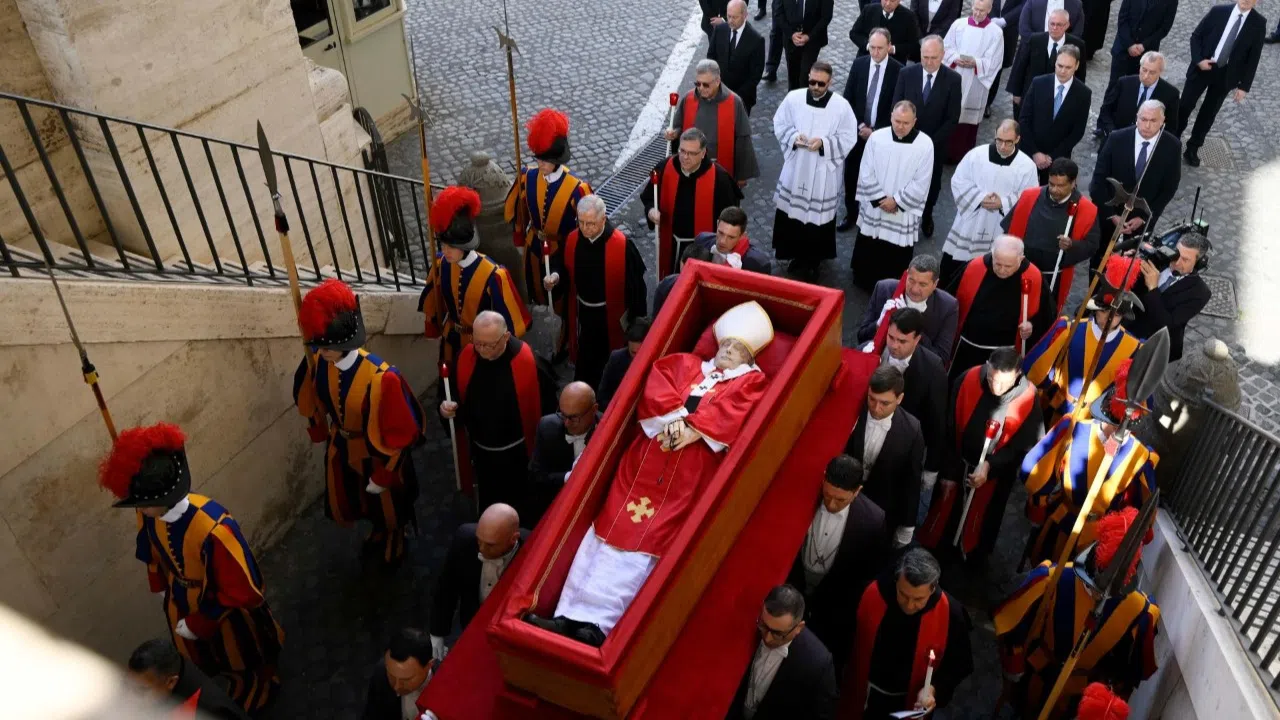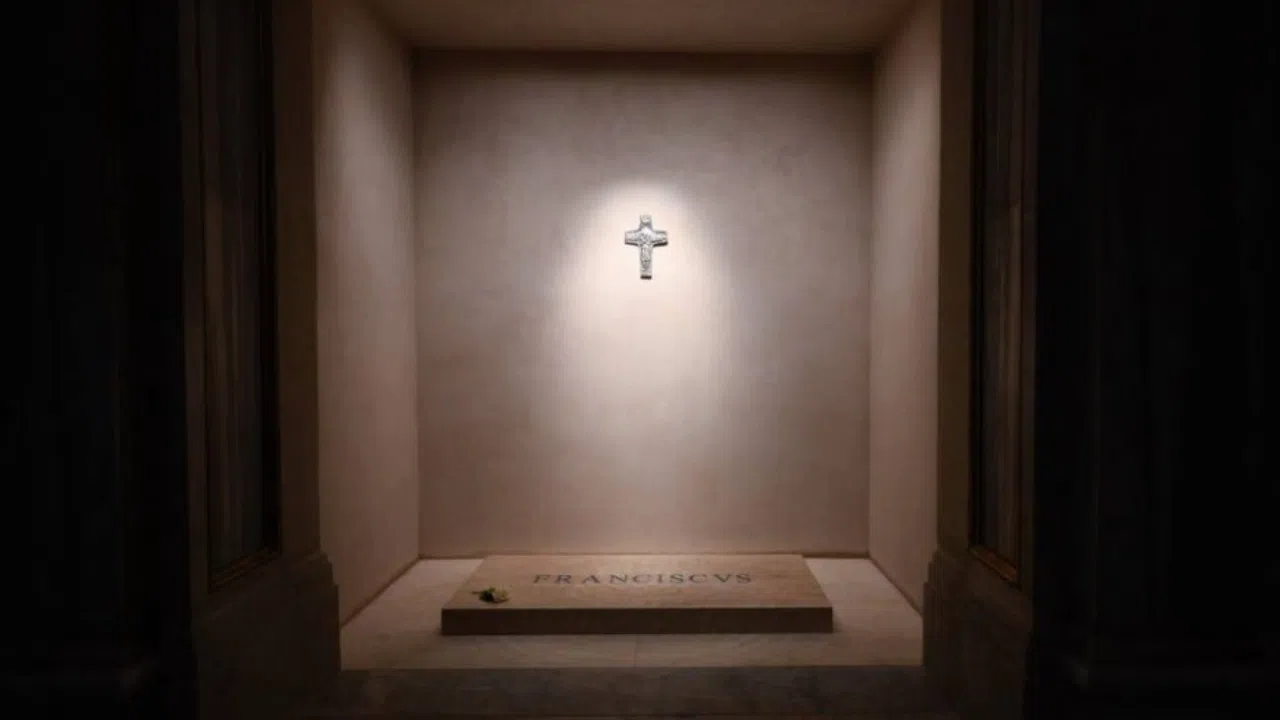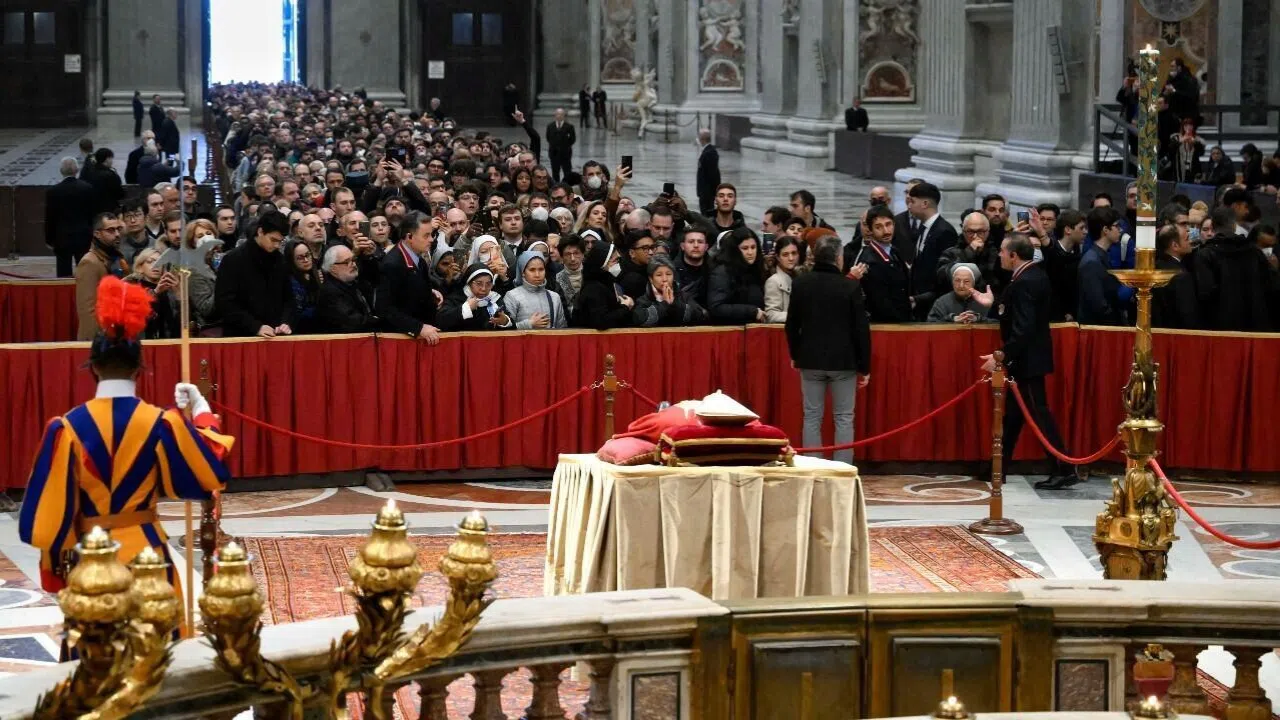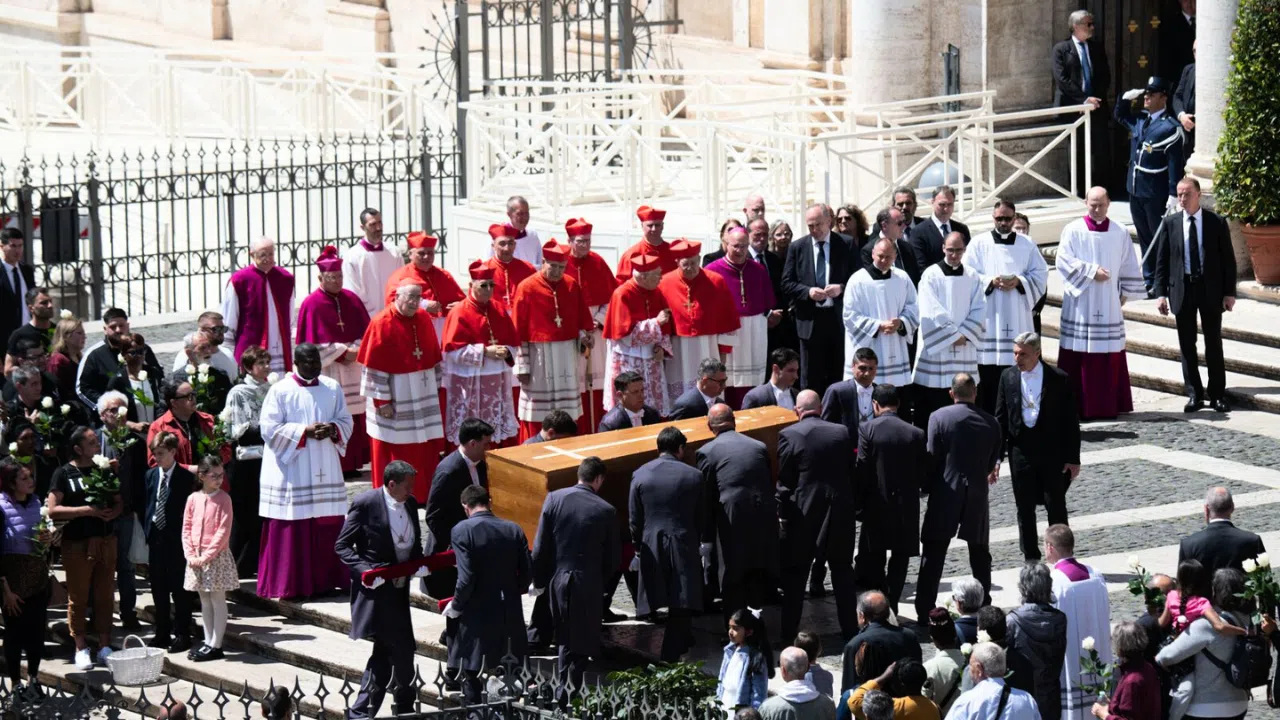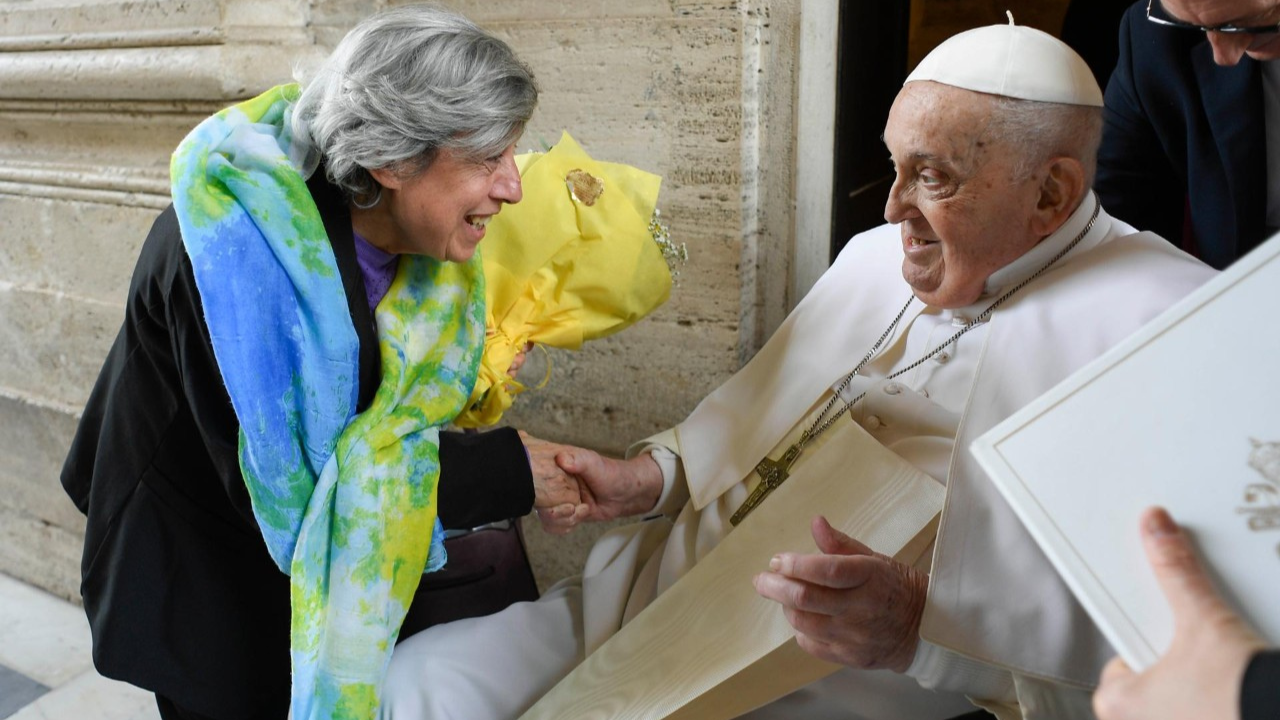According to the Congregation for the Causes of Saints, the canonization process is one of the most democratic processes in the Church, since it is completely begun by recommendations by the Church faithful of the person's holiness.
MSGR. ROBERT SARNO
Congregation for the Causes of Saints
“I like to say that a saint has two I's. The 'I' for imitation and the 'I' for intercession. Once the bishop has determined that the faithful is convinced of this 'imitatableness' if you will, and then has the confirmation that prayers have been answered through the intercession of these individuals, he can start a process. He can start the cause.”
This “diocesan phase” entails a request to the Congregation, collecting testimonies for and against the potential saint and appointing a postulator to follow the development of the process.
MSGR. ROBERT SARNO
Congregation for the Causes of Saints
“It's a collegial process in which many women and men of expertise are called to express their opinion. Then finally, here in the congregation, after the diocesan or the local bishops or the [archbishops] have collected all the evidence for and against the canonization, the congregation studies and then makes recommendations to the Holy Father, who alone has the final decision to beatify and canonize.”
These include the requirement of miracles by the intercession of the saint. One must be confirmed before the saint's beatification and another still before his or her canonization. If the first or second does not take place, the process cannot continue.
MSGR. ROBERT SARNO
Congregation for the Causes of Saints
“The Lord chooses some, and only He knows why, and gives special charisms or gifts at that particular moment in the history of the Church to, if you will, like sign posts on a road, how to get to heaven.”
Thus, it is these charisms that lead to the two “I's:” the desire to “imitate” and to ask for the “intercession” of the person. Both of these are the keys to unlock the process of canonization.
